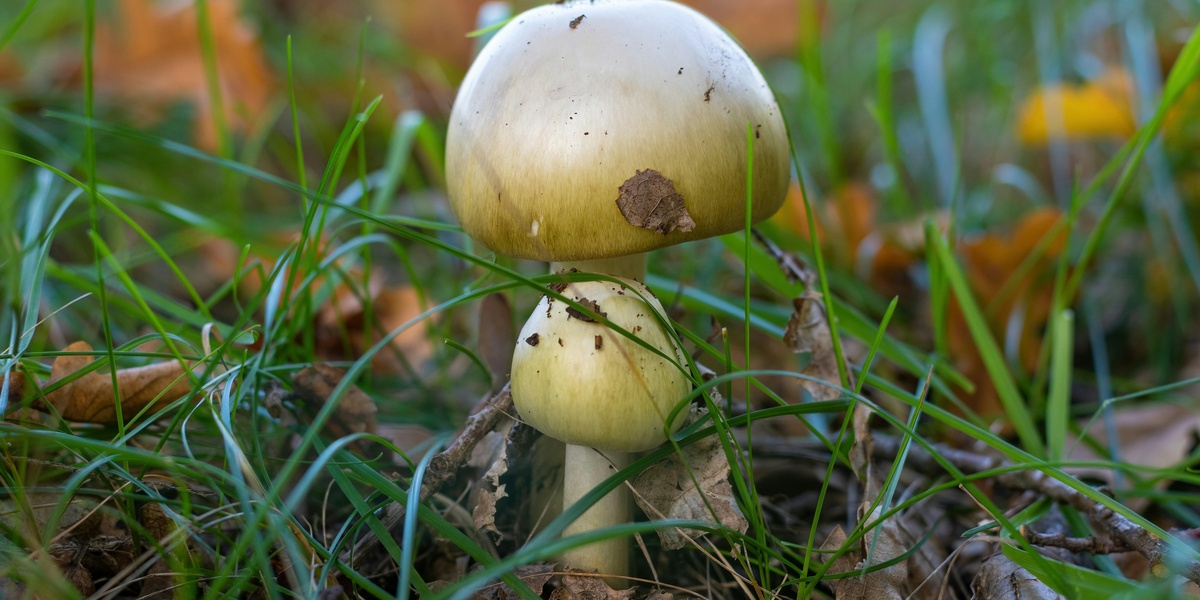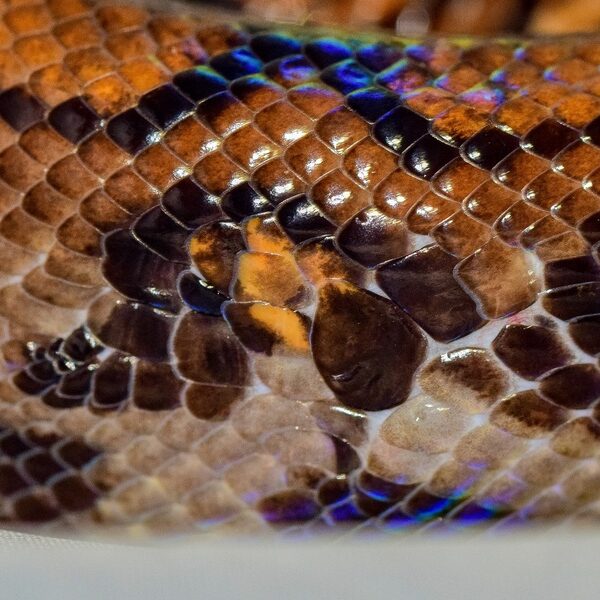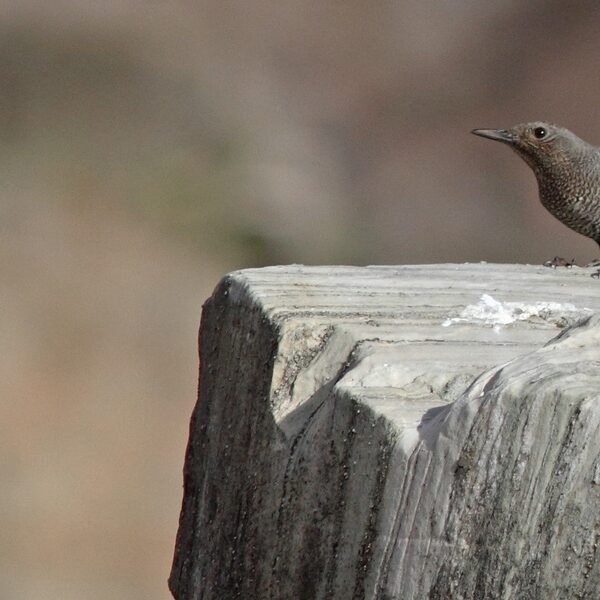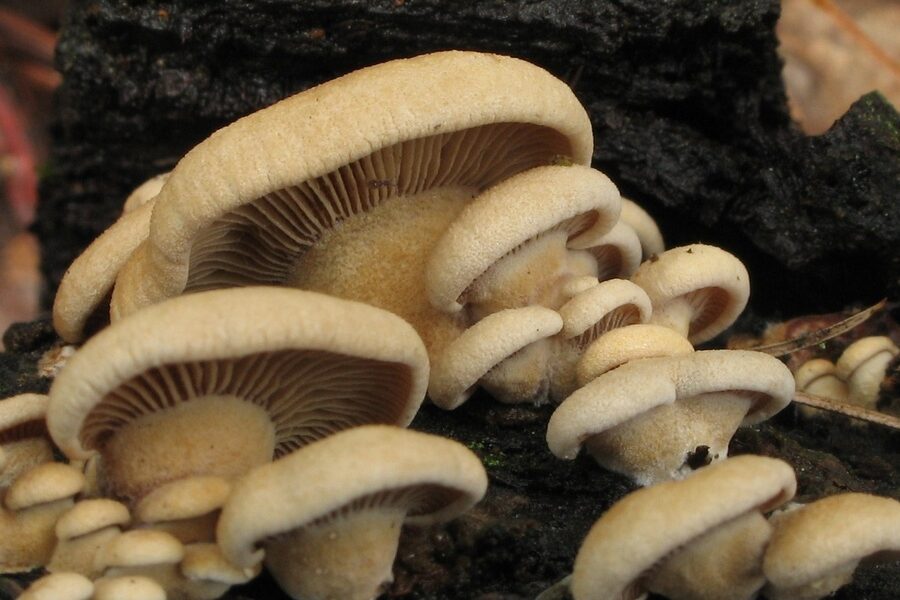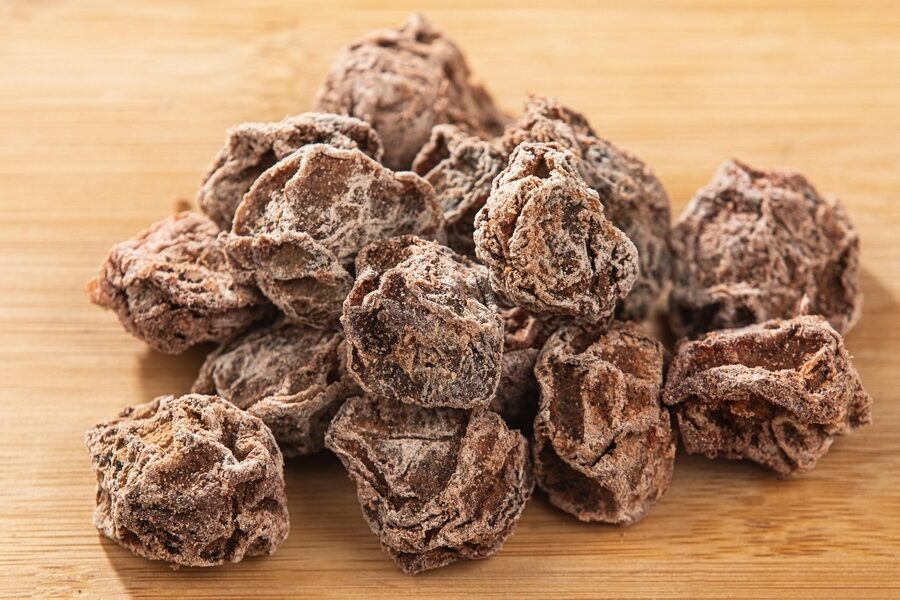If you spend time walking woods, fields, or damp parks you’ll often spot mushrooms pushing up through leaf litter. Foragers, pet owners, and curious gardeners benefit from a little knowledge about which species can cause anything from stomach upset to serious poisoning.
There are 20 Poisonous Fungi Examples, ranging from Brown roll-rim to Satan’s bolete. For each entry you’ll find the Scientific name, Toxin(s), and Habitat/Range — information you’ll find below.
How can I tell poisonous fungi from edible ones?
Visual identification is unreliable for many species because lookalikes are common; instead, learn a few unmistakable dangerous groups, use region-specific field guides or expert help, note habitat and smell, and never eat a mushroom unless an experienced identifier confirms it.
What should I do if someone (or a pet) eats a poisonous mushroom?
Seek immediate medical advice or call your local poison control center, keep a sample of the mushroom for identification, note timing and symptoms, and follow professional instructions—do not induce vomiting unless told to do so by a clinician.
Poisonous Fungi Examples
| Name | Scientific name | Toxin(s) | Habitat/Range |
|---|---|---|---|
| Death cap | Amanita phalloides | Amatoxins (alpha-amanitin) | Deciduous woods; summer–fall; Europe, introduced worldwide |
| Destroying angel | Amanita virosa | Amatoxins | Conifer/deciduous woods; temperate regions; spring–fall |
| Destroying angel (eastern) | Amanita bisporigera | Amatoxins | Eastern North America; woodlands; summer–fall |
| Galerina marginata | Galerina marginata | Amatoxins | Rotting wood and logs; autumn; temperate zones |
| Conocybe filaris | Conocybe filaris | Amatoxins | Lawns and grassy areas; summer; temperate regions |
| Deadly dapperling | Lepiota brunneoincarnata | Amatoxins | Gardens, leaf litter; spring–fall; Europe and parts of NA |
| False morel | Gyromitra esculenta | Gyromitrin (hydrazines) | Sandy soils, coniferous forests; spring; northern hemisphere |
| Brown roll-rim | Paxillus involutus | Immune-mediated antigens (Paxillus syndrome) | Woodlands and parks; temperate regions; summer–fall |
| Deadly webcap | Cortinarius rubellus | Orellanine | Coniferous woodlands; temperate regions; summer–fall |
| Fool’s webcap | Cortinarius orellanus | Orellanine | Mixed woodlands; Europe; summer–fall |
| Jack-o’-lantern | Omphalotus olearius | Illudins (illudin S, etc.) | Hardwood stumps and roots; autumn; temperate regions |
| Green-spored parasol | Chlorophyllum molybdites | Unknown GI toxins (irritants) | Lawns and turf; summer–fall; widespread (North America) |
| Fly agaric | Amanita muscaria | Muscimol and ibotenic acid | Woodlands with birch/pine; widespread; summer–fall |
| Panther cap | Amanita pantherina | Muscimol and ibotenic acid | Woodlands; temperate regions; summer–fall |
| Russula causing rhabdomyolysis | Russula subnigricans | Rhabdomyolysis-inducing compounds | Pine forests; East Asia; summer |
| Poison fire coral | Podostroma cornu-damae | Trichothecene mycotoxins | Decaying wood; East Asia; various seasons |
| Satan’s bolete | Boletus satanas | Gastrointestinal irritants | Deciduous woodlands; summer; Europe |
| Livid pinkgill | Entoloma sinuatum | Gastrointestinal toxins | Deciduous woodlands; summer; Europe |
| Fibrous Inocybe | Inocybe erubescens | Muscarine | Woodlands and edges; temperate regions; spring–fall |
| Earthball | Scleroderma citrinum | Gastrointestinal irritants | Woods, heathland; summer–autumn; temperate zones |
Images and Descriptions

Death cap
Highly deadly; yellow-green cap, white gills, ring and volva at stem base. Causes delayed severe liver and kidney failure with nausea, vomiting, diarrhea, and jaundice. Commonly mistaken for edible puffballs or edible Amanita lookalikes; immediate medical care essential.
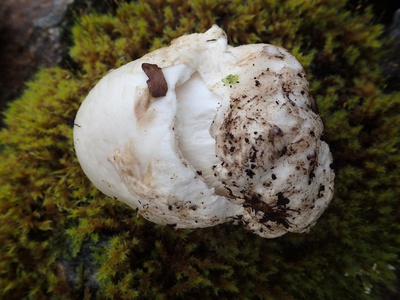
Destroying angel
Extremely poisonous white Amanita with pure white cap, gills, ring and volva. Causes delayed onset GI symptoms then fatal liver and renal failure from amatoxin poisoning. Often confused with edible white mushrooms; urgent hospital treatment and toxin-focused care required.
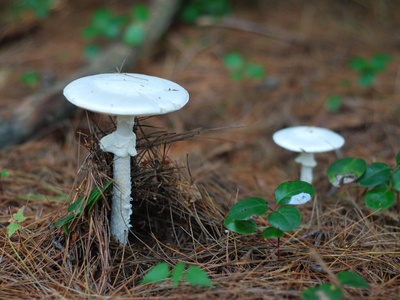
Destroying angel (eastern)
Deadly white Amanita found in eastern North America; white cap, ring, and volva. Amatoxin ingestion causes delayed gastrointestinal distress progressing to severe liver failure and possible death. Often misidentified as edible white mushrooms or puffballs; emergency care crucial.

Galerina marginata
Small brown wood-inhabiting mushroom with brown spore print, thin stem, brown cap. Contains amatoxins causing delayed severe liver and kidney failure. Often overlooked and mistaken for edible brown mushrooms like Kuehneromyces; ingestion requires urgent medical attention.
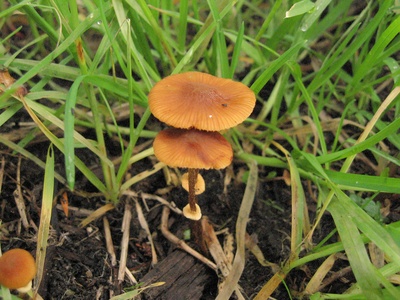
Conocybe filaris
Small tan-to-brown conical cap in lawns and grassy areas. Contains amatoxins causing delayed severe liver injury after ingestion. Easily mistaken for harmless lawn mushrooms; tiny size belies high danger. Seek immediate medical help after suspected ingestion.
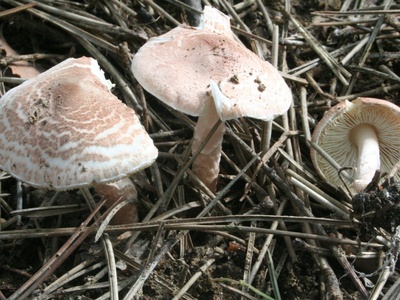
Deadly dapperling
Small white to brown dapperling with a ring, found in gardens and leaf litter. Contains amatoxins causing severe, potentially fatal liver failure. Often confused with small edible Lepiota or Agaricus species; seek urgent medical evaluation if eaten.
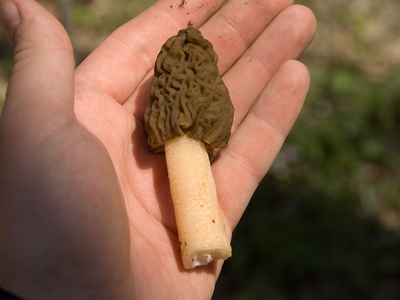
False morel
Irregular reddish-brown brain-like cap, often mistaken for true morels. Contains gyromitrin that metabolizes to monomethylhydrazine causing liver toxicity, seizures, and nausea. Some cultures eat after careful processing but risk remains; considered toxic and potentially fatal.
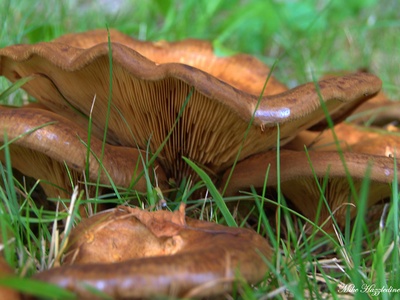
Brown roll-rim
Brownish cap with rolled rim and yellow-brown gills, formerly eaten but can trigger immune-mediated hemolytic anemia after repeated ingestion. Symptoms include severe anemia, jaundice, and kidney injury. Avoid consumption; can be fatal without prompt treatment.

Deadly webcap
Brownish cap with cobwebby cortina, rusty spores. Orellanine causes delayed renal failure days to weeks after ingestion, often fatal or requiring dialysis. Easily misidentified; treat any suspected ingestion urgently. Symptoms begin late.
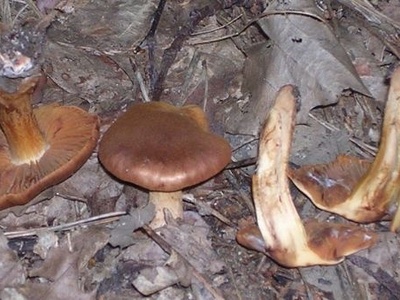
Fool’s webcap
Brown to orange-brown cap with cobweb-like cortina; rusty spore deposit. Contains orellanine causing delayed kidney failure, polyuria then renal failure and often permanent damage. Can be confused with edible brown mushrooms; any ingestion needs urgent medical follow-up.
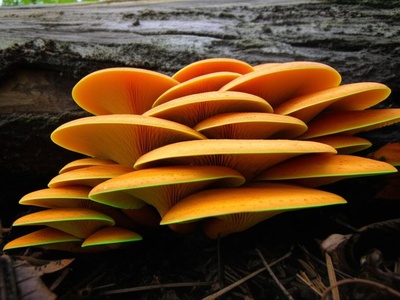
Jack-o’-lantern
Bright orange clustered mushrooms on wood or tree bases, gills true and produce bioluminescence in some species. Contain illudins causing severe vomiting, diarrhea, and abdominal pain but rarely fatal. Often mistaken for chanterelles by novice foragers.

Green-spored parasol
Large white to brown cap with greenish spore print, often in lawns. Causes profuse vomiting and diarrhea within hours; common cause of mushroom poisoning in North America. Easily mistaken for edible parasols or Macrolepiota mushrooms.
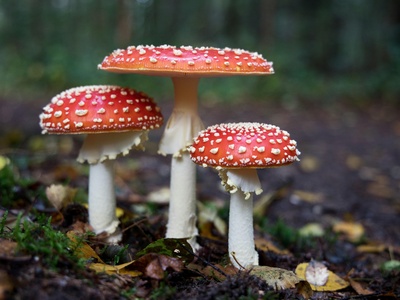
Fly agaric
Iconic red cap with white warts, white gills and ring. Contains muscimol and ibotenic acid causing hallucinations, confusion, drowsiness, and possible seizures. Rarely fatal with treatment but can be very unpleasant and risky.
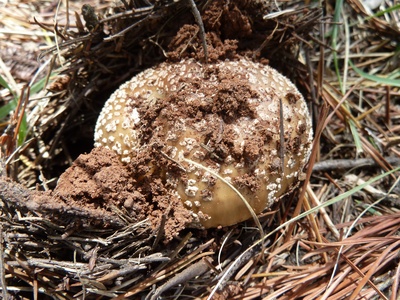
Panther cap
Brown cap with white warts and ring, white gills. Contains ibotenic acid and muscimol causing strong hallucinations, agitation, vomiting, and possible coma. More toxic than muscaria for some people; avoid all white-warted Amanitas.

Russula causing rhabdomyolysis
Creamy to pale cap turning gray, sometimes darkening; often under pines. Poisoning causes severe muscle breakdown (rhabdomyolysis), muscle pain, dark urine, kidney failure, and can be fatal. Rare but reported in East Asia after eating this Russula.

Poison fire coral
Small red coral-like fungus found on decaying wood; very rare. Contains trichothecene mycotoxins causing multi-organ failure, bone marrow suppression, skin peeling, and often fatal outcomes. Even touching spores has been reported harmful.
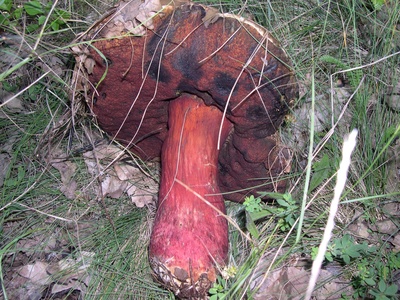
Satan’s bolete
Large pale cap with red pores and stout stem, bruises blue. Causes severe gastrointestinal upset with vomiting and diarrhea, occasionally more serious symptoms. Often confused with edible boletes; avoid red-pored boletes unless expert.
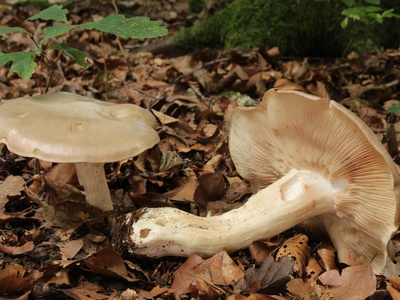
Livid pinkgill
Large pale to ochre mushroom with pink spores and sinuate gills. Causes severe gastrointestinal illness with vomiting and diarrhea; sometimes misidentified as edible Clitopilus or other mushrooms. Poisoning common in Europe.

Fibrous Inocybe
Small brown fibrous mushroom that may redden when cut. Contains muscarine causing sweating, salivation, pinpoint pupils, slow heart rate, vomiting, and diarrhea; symptoms typically respond to atropine. Many Inocybe species share similar danger and are often overlooked.
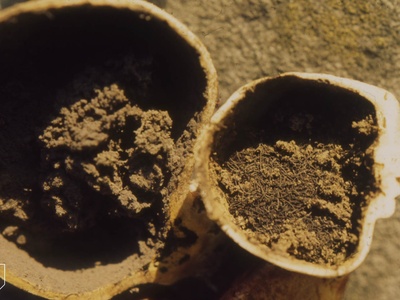
Earthball
Thick-skinned round ‘earthball’ with yellow to brown interior; often in woods and heaths. Contains irritant fungal compounds causing severe gastrointestinal pain, vomiting, and diarrhea; can trigger allergic or systemic reactions. Commonly mistaken for young puffballs — do not eat.
